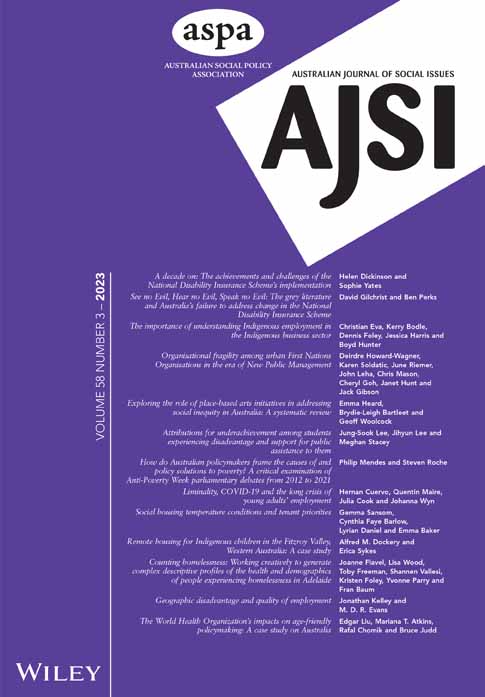The social housing sector provides housing to some of society’s most vulnerable people, disproportionately housing people with disabilities and chronic health conditions, the aged and people unable to work. These groups are often more susceptible to health impacts from poor temperature conditions within their home.
In this paper, we examine temperature conditions in Australian social housing, explore tenant experiences and reflect on possible remediation responses. Using a novel contact-free delivery protocol for data collection, temperature was measured in 36 social housing dwellings over a 3-month springtime period.
On average, participants spent 35 per cent of time across the study period in temperatures outside the WHO guidelines (18–24°C). Most participants perceived their homes to be cold or very cold during periods of cold weather, and many considered energy unaffordable. Building conditions, such as poor sealing around windows and doors, lack of insulation and inadequacy of space heating appliances, were of greatest concern to participants. Participants’ preferences for remediation work suggest that considerable benefit could be gained from making homes more energy efficient through draft sealing and insulation.

